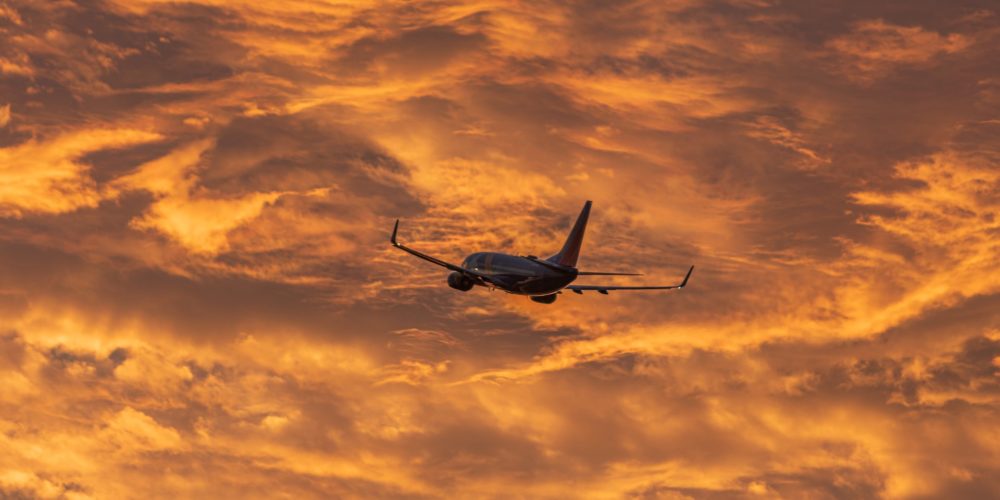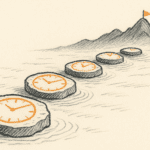This airline’s recent meltdown has lessons for us all

Southwest Airlines has been the business-education world’s poster-child for the longest time. It started life half a century ago as an upstart low-cost disruptor, and grew steadily to become a huge airline—and a hugely popular one. It now has more than 700 aircraft, and it is also, in an industry dogged by regular downturns and near-bankruptcies, one of the world’s most consistently profitable airlines.
I myself have sung Southwest’s virtues many times. It is pretty unique in combining innovative strategy with superb execution; in nurturing a unique company culture; and in consistently wowing its customers.
So what on earth happened to Southwest last Christmas? A winter storm hit the United States, and all airlines were forced to cancel flights and undertake massive rescheduling. But most were able to recover quickly and get back to normal timetables. Southwest, wait for it, cancelled nearly 17,000 flights during the festive period. On Christmas Day alone, Southwest cancelled 2,293 flights; American Airlines cancelled 12. The carrier faced huge anger—not just from stranded passengers, but from its own employees. So what really happened? Hint: the villain wasn’t the weather.
The Washington Post put it best: “The work of ensuring that crews are in the same locations as planes and scheduled flights is part of the enormously complicated dance of modern aviation that is largely invisible to the flying public until something breaks down. When a blast of Arctic air swept through much of the nation last week, bringing airports in Denver and Chicago nearly to a halt, Southwest’s aging software suddenly spilled into public view.”
This problem has been brewing for a while. In November 2022, the airline’s own pilots union declared, ominously, that Southwest was “one thunderstorm…away from a complete meltdown.” The pilots have now written a thunderous letter to management and made it public, fingering the real issue: Southwest’s woeful underinvestment in technology upgrades in recent years. The antiquated scheduling system simply couldn’t cope with the demands of the storm situation; information control was totally lost. A pilot revealed in Newsweek that rescheduling had to be done by making phone calls and pen-and-ink entries!
No wonder complete chaos ensued.
Why would such a renowned and respected institution fail to make necessary technology investments, though? This is the business whose founder, Herb Kelleher, was famous for prioritizing employees and customers. His formula—shareholders must look after employees, who must then look after customers, who in turn look after the shareholders—is one of the most pithy and precise explanations of business essentials.
The Southwest of his successors, however, seemed to go for short-term gain while imperilling long-term success. The current CEO denies it, but It’s a common tale. Whenever I find a seemingly exemplary company stumbling so seriously, there is often one overwhelming human motive at work: greed. It won’t be called that; the words of choice will be “cost control” and “commercial realities.” Most massive corporate failures come down to the avarice of some stakeholders at the expense of others.
Southwest will bounce back, though. It has enormous goodwill invested for decades, in its people and its passengers. It will address this calamity and fix it and, I hope, learn a stinging lesson.
What can the rest of us pick up from this debacle? Two points. One, that even the best respected, most applauded organizations have an Achilles heel—a vulnerability, a potentially fatal flaw—hidden in plain sight. For Southwest, it turns out to be outdated technology. For others, it might be things like weak employee relationships, or subpar customer experiences, or fragile governance structures. These are often unseen by analysts and observers, until they suddenly loom up in front of the windscreen and cause a crash. Most of these fault-lines occur because someone somewhere is trying to make a quicker buck. But if a “saving” is made at the expense of future customer experience, you have saved nothing at all. The slow-motion meltdown you set in motion for tomorrow will dwarf today’s gains.
Corporate leaders spend way too much time singing songs of praise for their achievements, and drumming everyone into providing the chorus. There is another set of questions that should haunt the dreams of every discerning executive and savvy shareholder: what could finish us? What are we neglecting? What is hidden beneath this polished surface? Those bad dreams should then translate into concerted remedial action in daytime.
A second point is one I have made before, about corporate longevity. Do you want to be a 100-year organization? Then remember two boxes: the box of things you never change; and the box of things you keep changing. The first box gives you authenticity and continuity; the second allows you to stay relevant through continuous evolution. Using this framework allows us to see what Southwest got wrong: it should have changed its technology; and didn’t; and it should have protected its founding principles, and didn’t.
Think deeply about your two boxes, and populate them wisely.
(Sunday Nation, 22 January 2023)

Buy Sunny Bindra's new book
The X in CX
here »
Popular Posts
- Where are you rushing to—your funeral?June 29, 2025
- How to spot a real thinkerJune 15, 2025
- The pause that saves usJune 8, 2025
- Built the app, forgot the flowJune 22, 2025
- The map will appear—once you start walking.July 6, 2025















